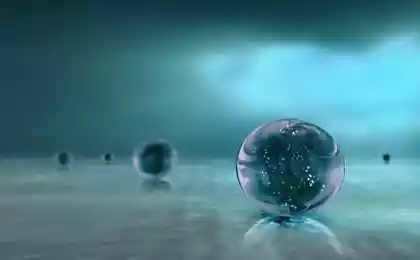413
Particles of sound and heat have demonstrated magnetic properties

Scientists from Ohio state University have discovered how to control the heat by using magnetic fields, proving that heat and sound are magnetic properties. In the study, it was shown that phonons, the elementary particles that transmit both heat and sound, are magnetic. Perhaps in the future it will be possible to use strong magnetic field to adjust and control sound waves.
Heat and sound is in fact a form of energy associated with the vibrations of atoms, so when adjusting one, you can gain control over others. The work of scientists was published in Nature Materials. In it, researchers described how using a magnetic field, the size is comparable to the MRI scanner, it is possible to reduce the amount of heat passing through the semiconductor by 12%. This semiconductor must be cooled to -268 degrees Celsius, the movement of atoms in a conducting material is slowed down. At a temperature close to absolute zero, the movement of phonons becomes detectable.
Under the leadership of the academic Hwangju Chin, a piece of semiconductor of indium antimonide were made in the form of a tuning fork. One prong was 4 mm wide, 1 mm. the Heaters were attached to the ends of both teeth.
Low temperature of the experiment implied the importance of the size of the semiconductor sample, as well as of the atoms of which it consisted. A larger sample could transmit heat faster than a small sample, so a larger prong of a tuning fork can transfer more heat than a smaller one.
Chin measured the temperature change on both prongs of a tuning fork and separated from one another alternately enabling and disabling the magnetic field of 7 Tesla, akin to that used in hospitals. When the magnetic field was turned off, a large prong of a tuning fork gave off more heat, as expected. With the magnetic field, the heat flux was slowed down by 12%.
Scientists have discovered that a magnetic field led to the fact that some of the phonons through the material, started to vibrate and collide with each other. More prongs have been more collisions with the larger space, so lost more phonons and transferred less heat.
It was found that the phonons have to possess magnetic properties, and heat and sound, therefore, can be controlled magnetically in the substances like glass and plastic, if you find a strong enough magnet. In metals this effect is impossible: electrons transmit so much heat that the contribution of the phonons is almost impossible to detect.published
Source: hi-news.ru























